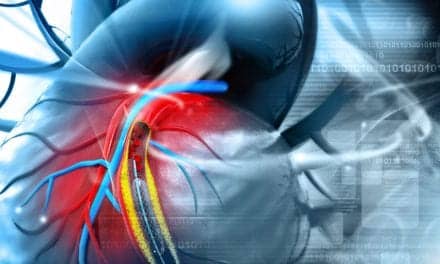
"Our study demonstrates that PD, like diacetyl, damages airway epithelium in laboratory studies. This finding is important because the damage is believed to be the underlying cause of bronchiolitis obliterans," says lead investigator Ann F. Hubbs, DVM, PhD, DACVP, Health Effects Laboratory Division of the National Institute for Occupational Safety and Health at the Centers for Disease Control and Prevention, Morgantown, WVa. "Our study also supports established recommendations that flavorings should be substituted only when there is evidence that the substitute is less toxic than the agent it replaces."
The study included groups of rats exposed for 6 hours to different concentrations of PD, a comparable concentration of diacetyl, or filtered air. Having observed signs of delayed toxicity, the researchers exposed additional rats to PD, and further microscopically examined the brains, lungs, and nasal tissues from these rats 0 to 2 hours, 12 to 14 hours, and 18 to 20 hours after exposure. The team of researchers then evaluated changes in gene expression in discrete brain regions.
They found respiratory epithelial injury in the upper nose, comparable to that caused by diacetyl that progressed through 12 to 14 hours post-exposure. They also found that PD exposure caused necrosis and apoptosis in the olfactory neuroepithelium and activation of caspase 3, a protein that plays a role in cell death, in axons of olfactory nerve bundles. Signs consistent with neurotoxicity included increased expression of the inflammatory mediators, interleukin-6, and nitric oxide synthase-2, as well as decreased expression of vascular endothelial growth factor A in the olfactory bulb, striatum, hippocampus, and cerebellum.
"Our study is a reminder that a chemical with a long history of being eaten without any evidence of toxicity can still be an agent with respiratory toxicity when appropriate studies are conducted," says Dr. Hubbs. "It suggests several intriguing potential mechanisms for the toxicity of inhaled volatile α-diketones, reveals mRNA changes in the brain, documents olfactory neurotoxicity, and clearly demonstrates that the remarkable airway toxicity of diacetyl is shared with its close structural relative, PD."
Source: Elsevier Health Sciences










